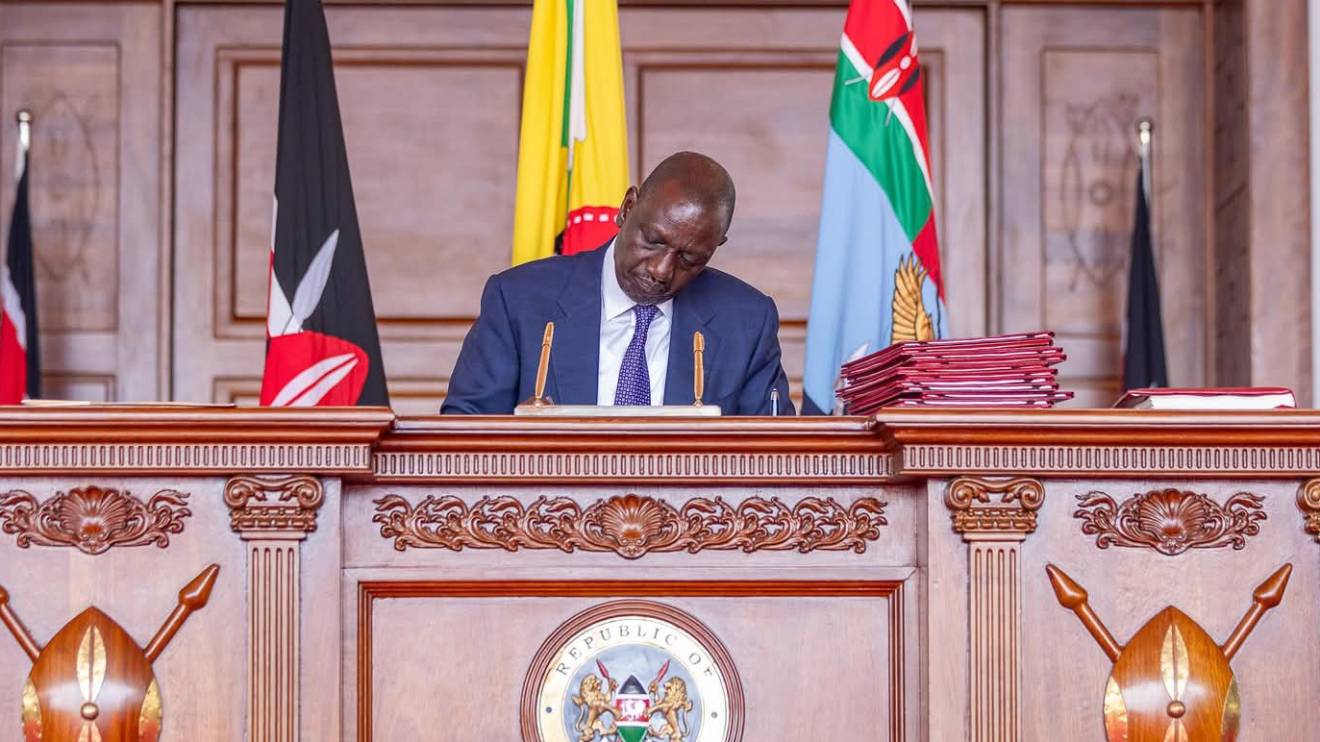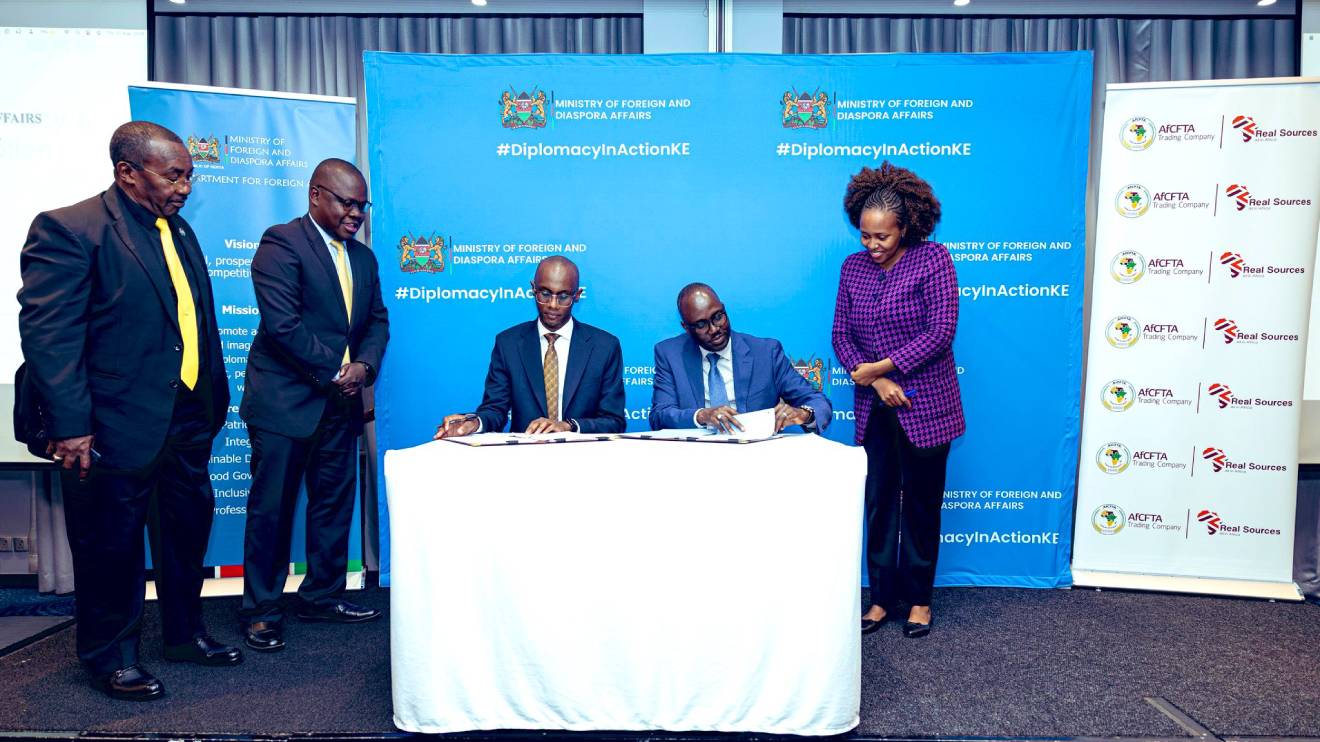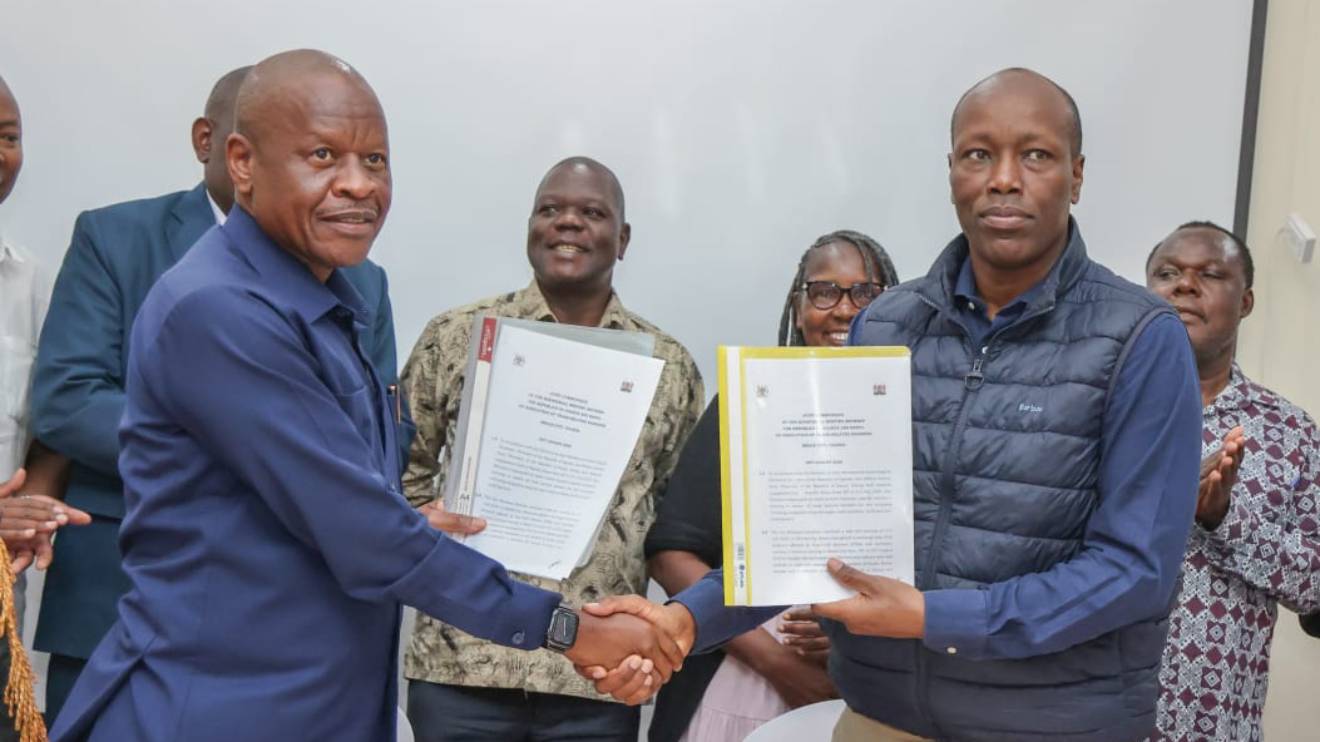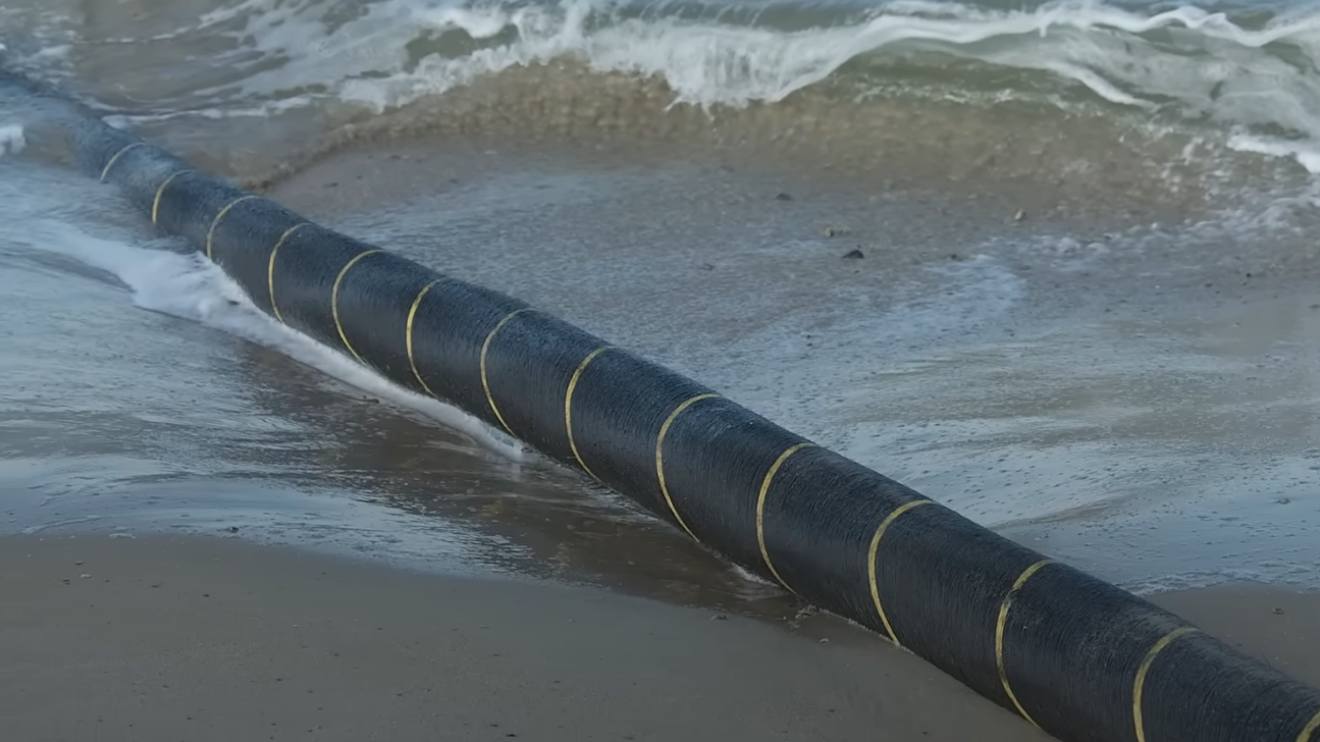10 southern white rhinos have been relocated to Loisaba Conservancy by the Kenya Wildlife Service (KWS) in partnership with Loisaba Conservancy, Lewa Wildlife Conservancy, and Sharjah Safari, in an initiative that officials say strengthens Kenya’s long-term rhino conservation agenda.
The operation, which lasted 10 days, involved transferring rhinos from Lewa Wildlife Conservancy and Meru National Park, two critical habitats overseen by KWS.
The agency explained that the exercise was carried out under the National Rhino Conservation and Management Action Plan, using advanced capture and relocation methods to ensure efficiency and animal safety.
To describe how the animals were managed during the process, Dr Isaac Lekolool, Head of Veterinary and Capture Services at KWS, explained that a special approach was used to safeguard the animals’ health.
“The process entails usage of an immobilisation protocol that facilitates walking the rhino into the transportation crate. This way, the veterinarian gets ample time to monitor the animals’ vital parameters during loading of the rhino,” Lekolool stated.
Read More
Although southern white rhinos do not naturally occur in Kenya, the country now holds the world’s third largest population after South Africa and Namibia.
Conservation experts note that this gives Kenya a pivotal role in the species’ survival and recovery, while also supporting the country’s tourism and conservation education efforts.
With this relocation, Loisaba Conservancy joins a select list of sanctuaries that host both black and white rhinos.
According to KWS, this demonstrates Kenya’s broader strategy of securing rhino populations across protected areas while recognising Loisaba’s reputation as a stronghold for biodiversity.
Highlighting the national vision behind the effort, Prof Erustus Kanga, Director General of KWS, emphasised that the translocation was not just about moving animals, but about securing Kenya’s wildlife heritage.
"This translocation aligns with Kenya’s national vision to manage rhino populations across secure, well-protected landscapes. We are proud to work with partners to support species recovery and strategic population management," Kanga said.
"The safe relocation of these animals reflects our shared commitment to conservation and to ensuring that future generations experience the value of Kenya’s wildlife.”
The future care of the rhinos at Loisaba will be supported by The Nature Conservancy, San Diego Zoo Wildlife Alliance, Sharjah Safari, and tourism income through Elewana.
Conservation groups stress that this model highlights Kenya’s commitment to global conservation leadership, underpinned by science, planning, and close cooperation with international partners.
By expanding the number of protected areas hosting rhinos, Kenya aims to reduce risks and increase resilience for a species whose survival depends on secure landscapes.

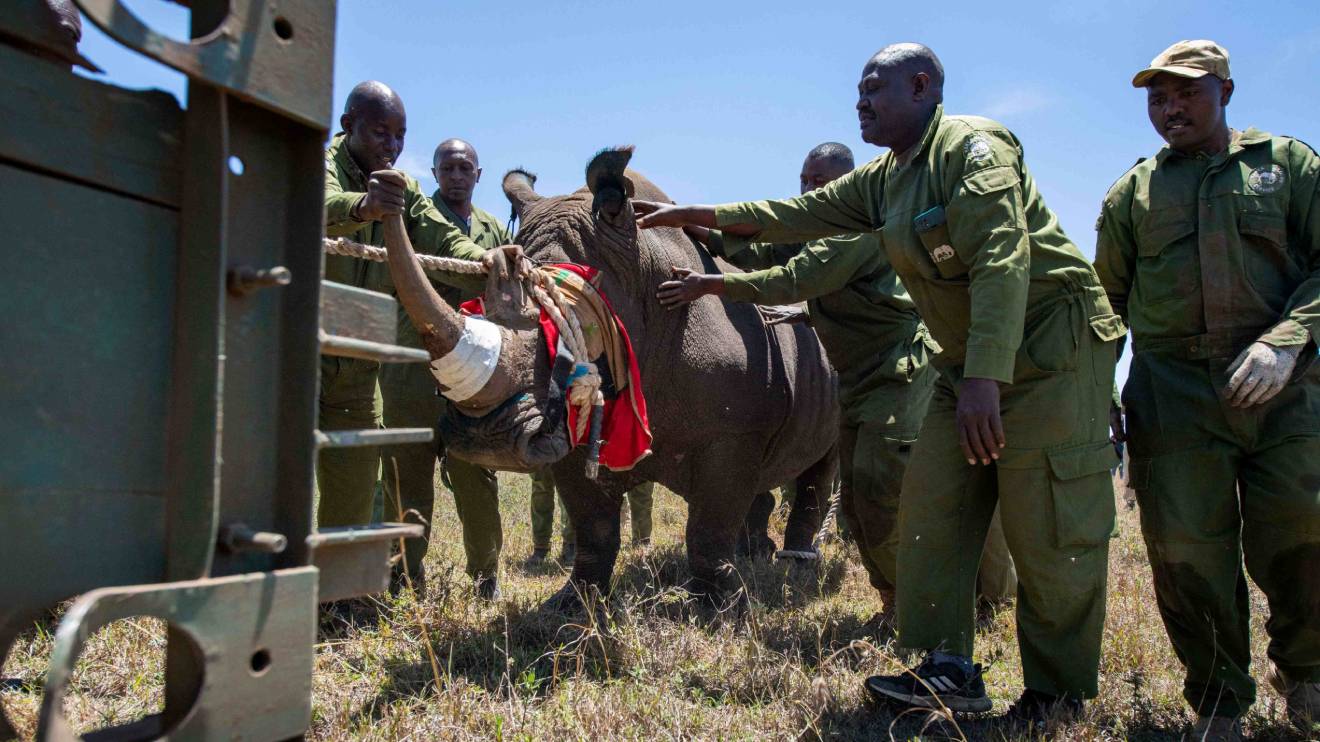
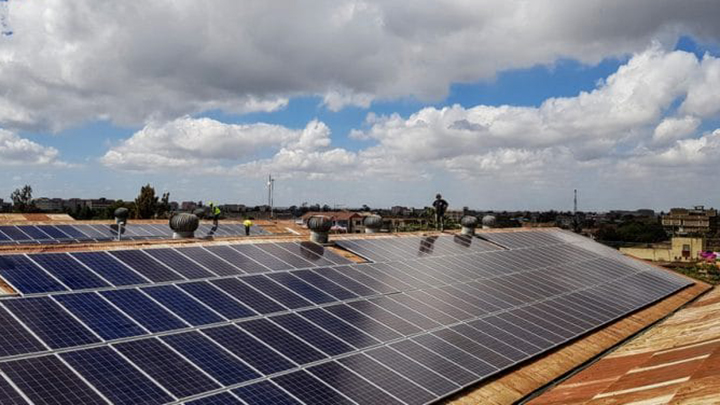
-1756319289.jpg)
